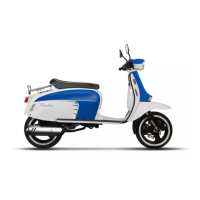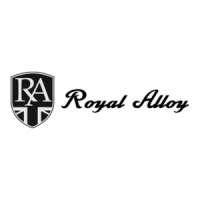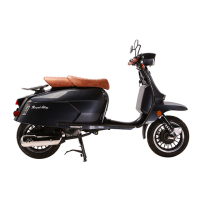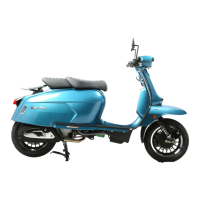Functions of Controllers Page: 9 Ignition switch Details the operation of the ignition switch for starting, driving, and locking the steering.
Throttle Grip Controls engine speed by rotating towards or away from the rider.
Brake Levers Used to control speed and stop the scooter by squeezing towards the grip.
Main Stand Instructions for deploying and using the main stand to park the scooter securely.
Fuel Tank Cap Instructions on how to open and close the fuel tank cap using the ignition key.
Seat Lock Steps for opening and closing the seat, with a note to avoid dropping it.
Front Luggage Box Information about the front luggage box, including precautions for use and maximum payload.
Inspection before Riding Page: 20 Steering Check steering for smoothness, free movement, and no excessive play.
Brakes Verify correct brake lever free play and ensure no obstruction to braking.
Tyres Check tyre pressure, adequate tread depth, and for cracks or cuts.
Fuel Ensure sufficient fuel for the planned journey distance.
Lighting Operate and check all lights: headlamp, tail lamp, brake lamp, and turning lamps.
Indicators Check oil indicator (if fitted) and turning indicators.
Horn Verify the horn's correct function.
Engine oil Check that the engine oil level is correct.
Throttle Check throttle cable play and smooth return of the grip.
Riding Tips Page: 25 Start the Engine Step-by-step guide for starting the engine, differentiating between cold and warm states.
Setting off Instructions on how to safely take the scooter off the stand and begin riding.
Adjust Speed How to adjust speed by rotating the throttle grip, recommending gradual changes.
Inspection and Maintenance Page: 28 The First Service Details the critical first 500Km service for engine break-in and overall health.
Maintenance Schedule A comprehensive table outlining service intervals and required actions (Inspect, Clean, Replace, Tighten).
Battery Information about the sealed battery type and a caution regarding trickle charging during storage.
Spark Plug Guidance on cleaning, gap adjustment, and replacement of the spark plug, including reading the plug's color.
Fuel Hose Recommends replacing fuel hoses every two years.
Air Filter Instructions for cleaning the paper element air filter and replacement intervals.
Hydraulic brake fluid Specifies the grade (DOT4.1), type, and handling precautions for hydraulic brake fluid.
Tyres Importance of checking tyre inflation pressure and tread condition before every ride.
Tyre Pressure Explains the impact of under/over-inflation on stability and control.
Fuse Locates the fuse, advises checking it for electrical failures, and warns against using substitutes.
Troubleshooting Page: 37 Storage Procedures General guidelines for preparing the scooter for extended storage, emphasizing professional service.
Scooter Clean the entire scooter and place it on the main stand.
Fuel Drain the fuel tank and run the engine until residual fuel is consumed.
Battery Instructions for removing, cleaning, and storing the battery with a trickle charger.
Tyres Inflate tyres to normal specifications before returning to service.
External Apply protective sprays to vinyl, rubber, and unpainted surfaces, and wax painted surfaces.




